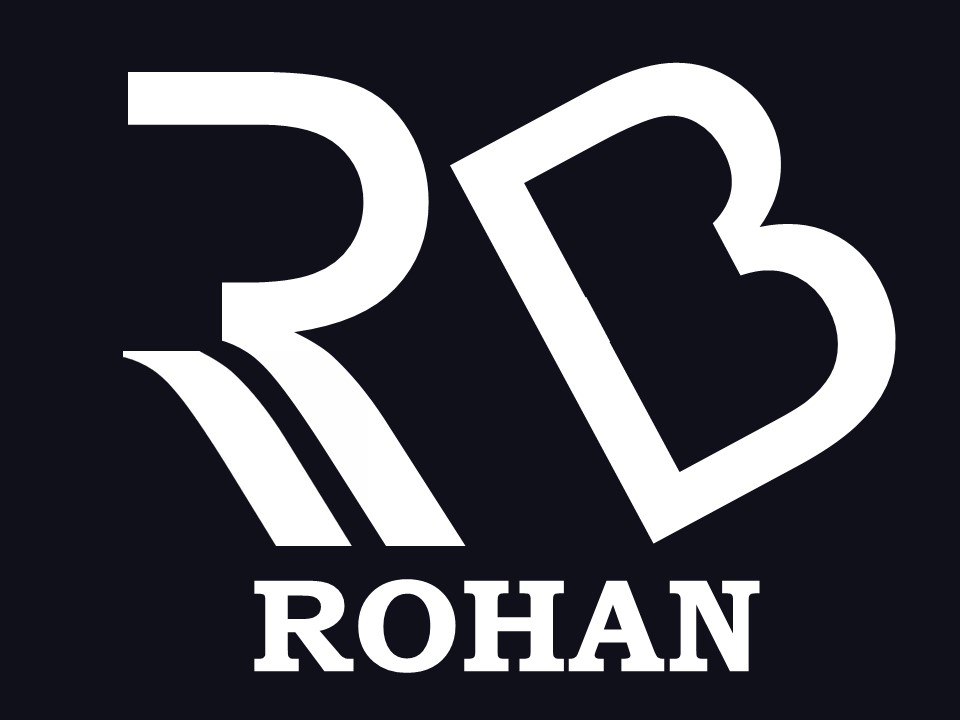Differentiation is the method of finding a derivative for the function at any given point. The rate of change in a dependent variable (say y) due to small change in the independent variable (say x) is called the derivative of y with respect to x. The derivative is equivalent to finding the slope of the tangent line to the function at a point. The derivative and the anti-derivative or the integration are the essences of calculus.
Derivative means the rate of change in one variable (say y) due to change in another variable (say x). Symbolically written as (dy/dx).
Derivative or first derivative measures slope. The slope is simply the measure of the change in a variable in the Y-axis to the change in a variable in the X-axis.
Slope = Change in Rise(y) / Change in Run(x)
Then, what does the first-order condition mean?
The first-order condition states that a function attains maximum or minimum at the point where the first derivative or slope of the function is zero.
A function or a curve has a slope zero at a point where it is parallel to the X-axis. At point H, the function attains maximum as the slope at "H" is zero. But why maximum at "H"??
The second-order condition plays a crucial role in clarifying if the function attains maximum or minimum at point "H".
The second-order condition plays a crucial role in clarifying if the function attains maximum or minimum at point "H".
The second-order condition or the second derivative measures the rate of change of slope or first derivative. While examining the curvature of the profit function in Figure 5.9, it is inverse U shaped. It means that the slope of the curve is gradually decreasing while moving along the X-axis to point "H". In other words, the curve is increasing at the decreasing rate from the X-axis to point "H".
The animated GIF makes it more clear.
At point "L", the function attains minimum because
(i) The slope or the first derivative is zero.
(ii) The slope is decreasing at a decreasing rate from X-axis to point "L". It means that at one point the slope stops decreasing and takes a "U" turn.
At point "H", the function attains maximum because
(i) The slope or the first derivative is zero.
(ii) The slope is increasing at a decreasing rate from point "L" to point "H". It means that at one point the slope stops increasing and takes a "U" turn.
Practical Example
Table 1: Profit function
Output | Profit (Rs.) | The derivative of Profit (Marginal Profit) | Second Derivative of profit |
1 | 50 | ||
2 | 64 | 14 | |
3 | 76 | 12 | -2 |
4 | 86 | 10 | -2 |
5 | 94 | 8 | -2 |
6 | 100 | 6 | -2 |
7 | 104 | 4 | -2 |
8 | 106 | 2 | -2 |
9 | 106 | 0 | -2 |
10 | 104 | -2 | -2 |
11 | 100 | -4 | -2 |
12 | 94 | -6 | -2 |
13 | 86 | -8 | -2 |
14 | 76 | -10 | -2 |
15 | 64 | -12 | -2 |
16 | 50 | -14 | -2 |




Post a Comment